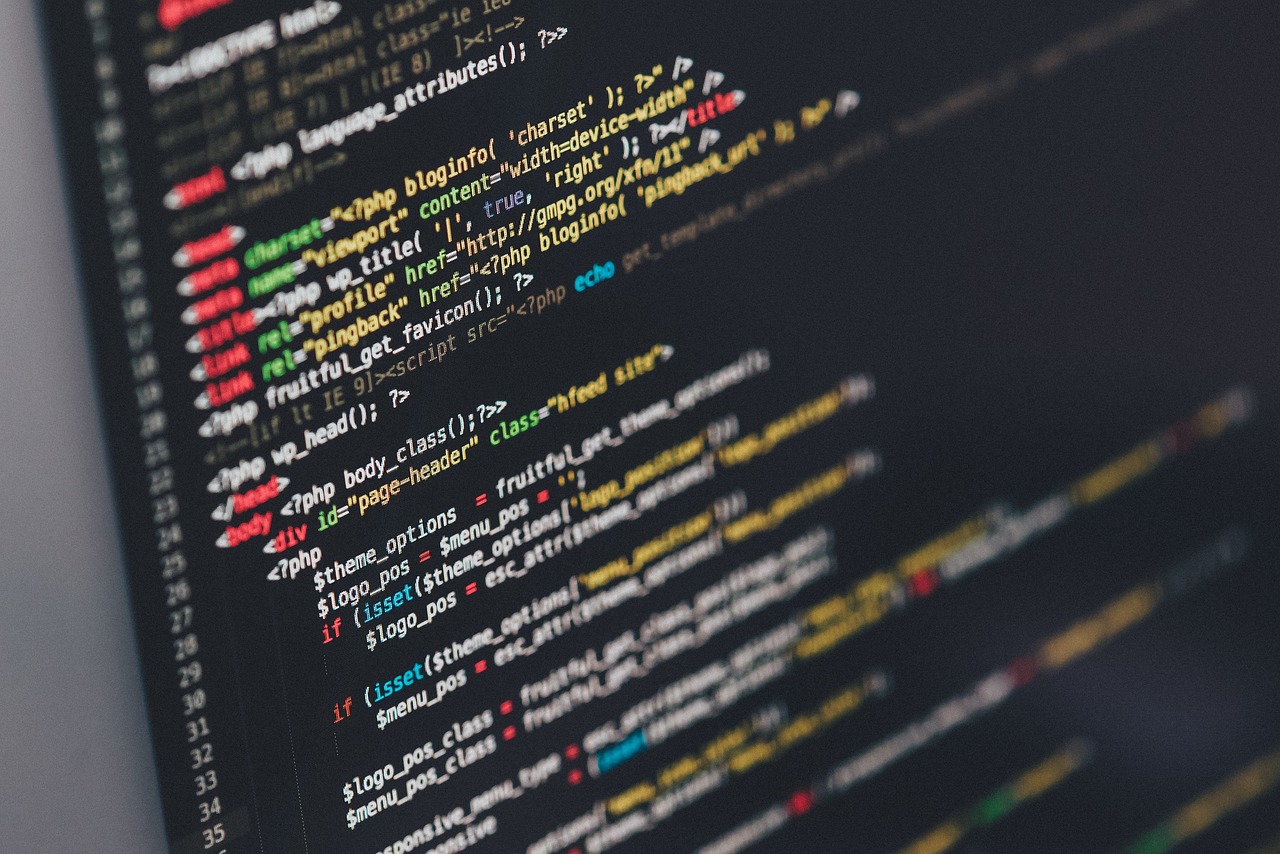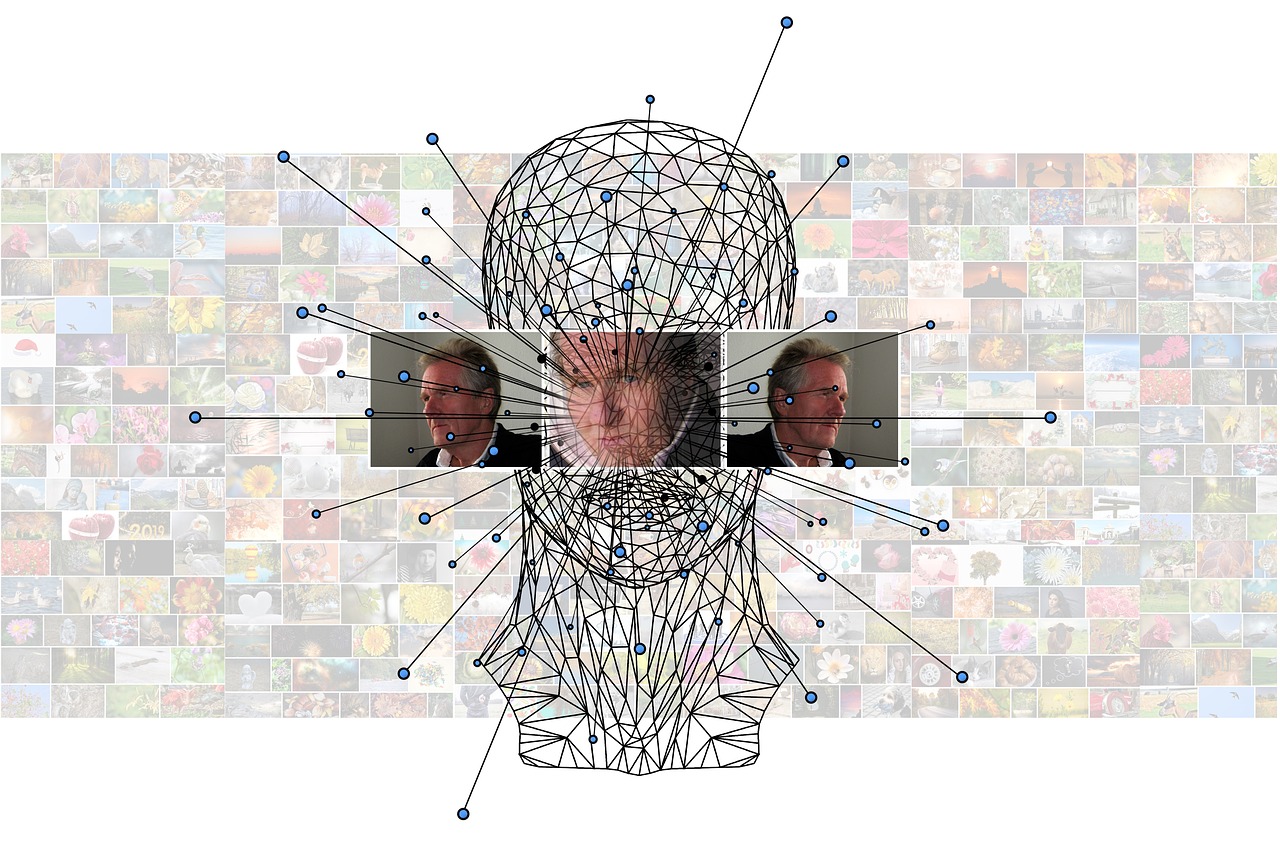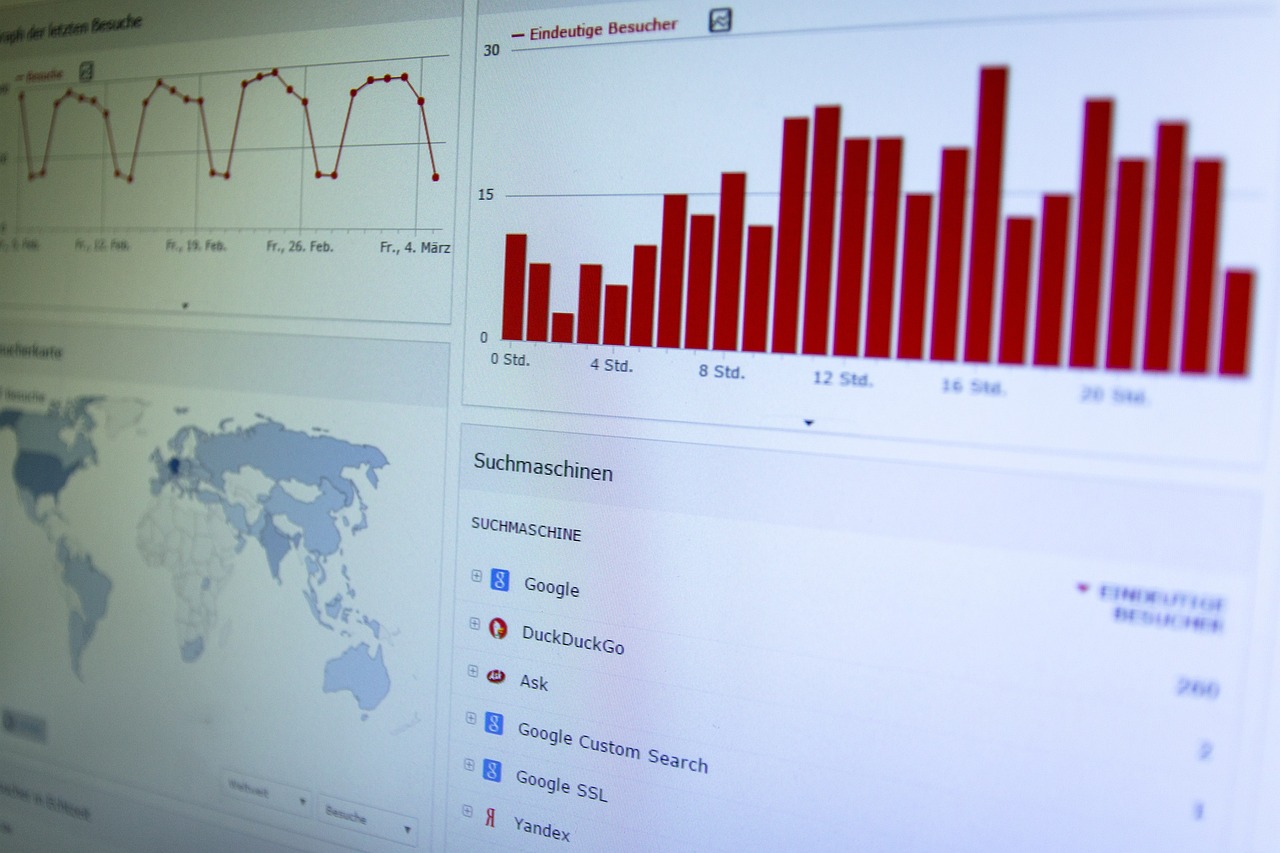
Python is an interpreted language, which means that code is executed line by line without the need for compilation. It supports multiple programming paradigms, including procedural, object-oriented, and functional programming. Python's syntax emphasizes code readability, making it easier for beginners to learn and write clean, maintainable code.

R is a programming language and environment specifically designed for statistical analysis and data visualization. R is widely recognized for its extensive collection of packages, which offer additional functionalities for various data analysis tasks. These packages allow users to access state-of-the-art statistical models, machine learning algorithms, and advanced visualization techniques

Machine Learning is a field of study that focuses on developing algorithms and models that enable computers to learn from and make predictions or decisions based on data. It is a subfield of artificial intelligence that utilizes statistical techniques and computational algorithms to empower systems to automatically learn and improve from experience without being explicitly programmed.

SQL (Structured Query Language) is a programming language used to manage and manipulate relational databases. It provides a standardized way to interact with databases, allowing users to create, modify, and retrieve data efficiently. MySQL, on the other hand, is an open-source relational database management system (RDBMS) that implements SQL and is widely used for managing databases.

Neural Networks & Deep Learning refers to a branch of artificial intelligence and machine learning that focuses on the development and training of algorithms inspired by the structure and function of the human brain. Neural networks are computational models composed of interconnected nodes or "neurons" that work together to process and learn from data.

Artificial Intelligence (AI) refers to the development of computer systems that can perform tasks that typically require human intelligence. It involves simulating human-like intelligence in machines to enable them to learn, reason, and make decisions autonomously. AI encompasses various subfields, including machine learning, natural language processing, computer vision, and robotics.

Tableau is a powerful data visualization and business intelligence tool that helps organizations gain insights from their data. It allows users to connect to various data sources, create interactive visualizations, and share them with others in an intuitive and user-friendly manner.

Microsoft Power BI is a powerful business intelligence and data visualization tool that enables organizations to analyze and visualize their data. It provides a suite of tools and services for data preparation, data modeling, and interactive reporting, allowing businesses to gain insights and make informed decisions based on their data.

Analytics refers to the systematic analysis of data to uncover meaningful insights and patterns that can inform decision-making and drive business success. It involves collecting, organizing, and interpreting data to understand trends, measure performance, and identify opportunities for improvement.

Data mining, wrangling, analysis, and reporting are essential components of the data lifecycle. They involve extracting valuable insights from large datasets, transforming and cleaning the data, analyzing it to uncover patterns and trends, and presenting the findings in a meaningful and informative way.